Introduction
By: FinancialDocsProvider Editorial Team
Last updated: August 2025
In hot rental markets across the US, UK, and Canada, speed and clarity win. This guide shows you how to make your rental application stand out by presenting accurate, easy‑to‑review proof of income and supporting documents—without crossing legal lines. Landlords and property managers are busy; you’ll earn yes‑pile status when your file answers their questions up front, looks professional, and is effortless to verify.
At FinancialDocsProvider.com, we specialize in compliant document organization and formatting—not fabrication. We help you package the records you already have so reviewers can confirm income, stability, and identity quickly. Think of us as your editorial team for financial paperwork: we trim the clutter, fix exports, standardize filenames, and assemble a clean packet that showcases credibility.
- Related Entities & Terms
- Proof of income (paystubs/payslips, employment letters)
- W‑2 (US), 1099 (US), P60/P45/SA302 (UK), T4/T4A (CA), NOA/Notice of Assessment (CA)
- Bank statements, transaction history, direct deposit records
- Credit reports/scores (FICO, Equifax, Experian, TransUnion)
- Security deposit, first/last month’s rent, guarantor/co‑signer
- CFPB, FTC, IRS (US regulators)
- GOV.UK, Home Office Right to Rent, FCA (UK regulators)
- FCAC, CRA (Canadian regulators)
- Tenant screening, background checks, adverse action notices
- Data privacy, redaction, PII minimization
- PDF formatting, OCR, pagination, file naming standards
- Leasing criteria, income‑to‑rent ratio
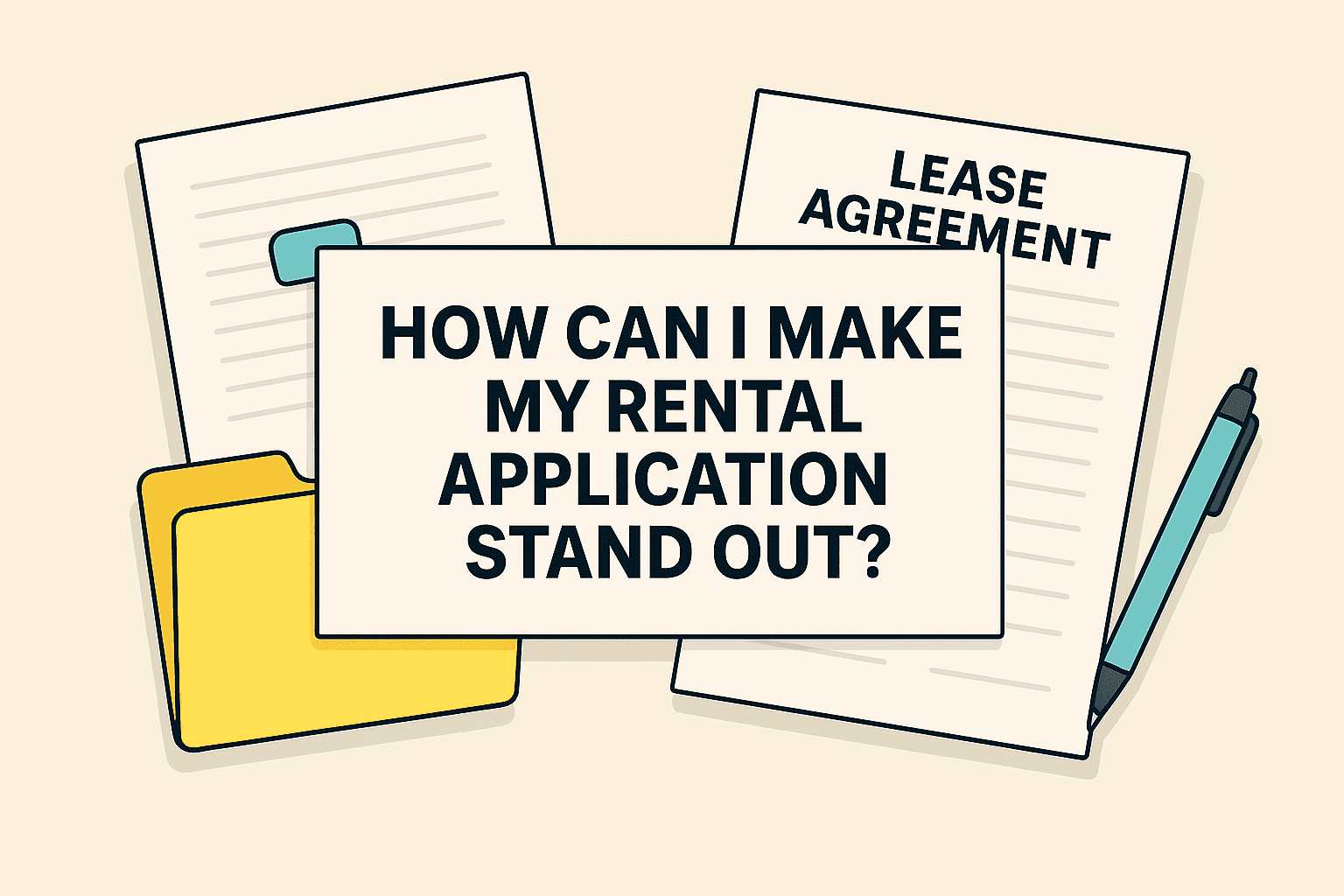
Before we dive in, two ground rules: (1) present truthfully—what you submit must match your actual records; and (2) optimize presentation—formatting, redaction of sensitive data, and clean exports are good practice. Altering amounts, dates, payees, or statements is illegal and may constitute fraud. Below, you’ll find country‑specific basics, practical examples, and a ready‑to‑use checklist you can follow today.
Law & Compliance Basics (US/UK/CA)
United States: tenant screening & truthful records
US landlords commonly review bank statements, paystubs, W‑2s, 1099s, employment letters, and credit reports. They may also run background checks. You are responsible for submitting accurate documents that reflect your real income and accounts. If a landlord uses consumer reports to deny or condition your application, they typically provide an adverse action notice—giving you a path to view and dispute report errors under federal law.
When preparing US income proofs, do not edit balances or deposit amounts. Acceptable edits include redacting account numbers beyond the last four digits, removing unrelated pages, and re‑exporting messy online statements to readable PDFs. If you need official tax transcripts, the IRS “Get Transcript” service can help you retrieve historical filings for verification purposes (IRS — Get Transcript).
United Kingdom: Right to Rent and payslip norms
In England, landlords and agents must check that adult occupiers have the right to rent. You may be asked to show original documents or share a digital status. For income verification, typical proofs include recent payslips, employment letters, P60s, SA302s/tax calculations, and bank statements showing salary or contract deposits. Align dates, employer names, and account details across documents to avoid queries.
You can lawfully redact unneeded account digits and personal identifiers, but you must not alter amounts, dates, or employer details. For immigration checks, see official guidance at GOV.UK — Right to Rent checks. For consumer protection and financial conduct standards, see the FCA consumer pages.
Canada: NOA, T4, and credit basics
Canadian landlords often request recent pay statements, employment letters, T4 slips, and a Notice of Assessment (NOA) if self‑employed. You may also be asked for credit information and proof of funds for deposits. Keep everything consistent: the employer on your letter should match the payer on your bank deposit lines and your T4/T4A.
For general guidance on credit reports and your rights as a consumer, see the FCAC — Your credit report and score. For income confirmations via tax records, see CRA resources for Notices of Assessment and My Account services at Canada Revenue Agency (CRA).
What Edits Are Allowed (and Helpful)
The goal is to help reviewers verify your information faster—without changing the facts. Below are compliant edits we routinely perform to make your file clean, consistent, and easy to read.
Careful redaction of sensitive data
- Mask routing/account numbers beyond the last four digits.
- Remove QR codes, barcodes, or internal IDs that aren’t needed.
- Black out unrelated purchases that reveal health, political, or other sensitive information.
- Do not redact deposits that evidence income; those must remain visible.
Formatting, pagination, and export fixes
- Re‑export messy online statements into clean, searchable PDFs (OCR where needed).
- Rotate, straighten, and crop scans; correct skewed pages; enhance legibility.
- Merge multiple files into a single, logically ordered packet with a cover sheet and index.
- Standardize filenames:
YYYY‑MM EmployerName Paystub #,YYYY‑MM BankName Statement, etc.
Annotations that speed review
- Highlight salary or contract deposit lines (not altering amounts).
- Add a short note explaining irregular income (e.g., seasonal or bonus payments) on the cover sheet, not on the statement itself.
- Include a simple income summary table with totals and averages (derived from your documents).
Packaging to “tell the story”
- Start with a one‑page cover sheet (name, contact, unit applied for, monthly rent, income‑to‑rent ratio, guarantor if any).
- Follow with an index and document set in this sequence: Identity → Income Proofs → Bank Statements → Tax Docs → References.
- Include a brief explanation of any gaps (job changes, moving countries, maternity/paternity leave).
What’s Illegal (Do Not Do This)
It is never acceptable to change the factual content of statements, tax forms, or letters. That includes amounts, dates, account information, employer names, or any numbers used to verify income or identity. Doing so can lead to immediate denial, blacklisting by local agents, lease termination, civil liability, and even criminal charges.
- Fake paystubs or “templates.” Reviewers often run automated and manual checks. Inconsistencies in fonts, rounding, and tax math are common giveaways.
- Edited bank statements. Mismatches between cumulative balances and transaction lists are quickly detected. PDF metadata and checksum irregularities also raise flags.
- Modified tax documents. Employers, payroll providers, and tax agencies can confirm originals. Discrepancies are easy to trace.
In the US, learn about rental listing and background check issues via the Federal Trade Commission’s consumer guidance (FTC — Rental Listing Scams). In the UK, see the Home Office’s Right to Rent guidance (GOV.UK — Right to Rent). In Canada, the FCAC provides plain‑language resources on protecting your credit and identity (FCAC — Financial Consumer Agency of Canada).
Use Cases & Mini‑Scenarios
Below are realistic scenarios and the document packets that tend to pass first review. Use these as templates to structure your own file.
Scenario 1 — Full‑time employee (US W‑2 / UK payslip / CA T4)
Profile: Maya is a software QA analyst relocating for work. She earns a base salary plus occasional bonuses. She applies for a unit with rent equal to 30% of her gross monthly income.
Ideal packet:
- Cover sheet with employer name, job title, start date, salary, and income‑to‑rent ratio.
- Last 3–6 paystubs/payslips showing net/gross pay and year‑to‑date figures.
- Latest annual summary (W‑2/P60/T4).
- Last 3 months of bank statements with highlighted salary deposits.
- Employment letter (HR on letterhead or HRIS portal printout).
- Optional: Bonus letter or offer letter excerpt if relevant to affordability.
Packaging tip: If bonuses are irregular, summarize a 6‑ or 12‑month average on your cover sheet and show where the deposits land in the statements.
Scenario 2 — Contractor/freelancer (US 1099 / UK SA302 / CA NOA)
Profile: Jordan is a freelance video editor with fluctuating income from multiple clients. Credit history is thin after living abroad for a year.
Ideal packet:
- Cover sheet with 12‑month income summary and average monthly deposits.
- Recent invoices or contracts (redacted for rates if sensitive).
- 12 months of personal or business bank statements showing client deposits.
- Latest tax proofs: 1099s + filed return summary (US), SA302/tax calculation (UK), or NOA (CA).
- Letter from accountant (optional) confirming engagement duration and typical monthly draw.
- Reserves: Bank balance snapshot showing at least 2–3 months of rent after moving expenses.
Packaging tip: Use a simple table to map invoice numbers to deposit dates and amounts. If you run multiple accounts, include a one‑page reconciliation showing how the numbers connect.
Scenario 3 — Student or early‑career applicant with guarantor
Profile: Aisha is starting graduate school and has a part‑time stipend. Her parent will act as guarantor.
Ideal packet:
- Applicant: stipend letter + bank statements for last 2–3 months.
- Guarantor: 3–6 months of income proofs (paystubs/payslips), bank statements, and a short guarantor letter.
- Combined cover sheet showing applicant’s stipend plus guarantor’s income, with an aggregate income‑to‑rent ratio.
Packaging tip: Present the guarantor’s packet as a separate, labeled section. Keep privacy in mind—redact unneeded info while keeping key amounts visible.
Scenario 4 — Roommates with uneven income
Profile: Sam and Priya are applying together. Priya’s income is stronger; Sam is between contracts.
Ideal packet:
- Separate cover sheets for each roommate, plus one combined summary page.
- Priya: standard employee packet. Sam: current bank balance, recent contract invoices, and a short note about the next contract start date.
- Optional: Landlord reference letters showing positive payment history.
Packaging tip: If allowed, offer a slightly higher deposit or several months prepaid—note this on the cover sheet so it’s seen early in the review.
Bonus — If you’re also applying for a car loan or small business lease
The same clarity principles apply. A lender wants to see consistent bank flows, tax proofs that tie to deposits, and legible statements. Do not alter facts—focus on formatting and reconciliation.
How We Work (Intake → Reconciliation → Formatting → Delivery)
We’re an editing and formatting service for financial documents. We do not create paystubs or statements, and we do not change numbers, dates, or counterparties. Our role is to make your genuine records easier to verify.
1) Intake
- You share genuine source files: PDFs from your bank/employer, payroll portal downloads, HR letters, scans of tax forms, etc.
- We ask for the unit address, target rent, and deadlines so we can tailor the packet.
2) Reconciliation
- We align names, addresses, timeframes, and employer details across documents.
- We prepare a simple income summary that matches your statements, not the other way around.
3) Formatting & Clarity
- OCR for scans, re‑export for online statements, rotate/straighten, and unify font/size if needed for readability.
- Create a one‑page cover sheet and a clear index so reviewers find what they need in seconds.
- Optional redaction to limit exposure of sensitive non‑income data.
4) Delivery
- You receive a single, labeled PDF packet plus the individual source files (if requested).
- We can provide brief notes clarifying irregular items (e.g., a one‑off deposit) based on your documentation.
Turnaround & boundaries
- Typical timelines: 24–72 hours depending on volume and complexity.
- Boundaries: We never fabricate documents, and we will decline work that asks for altered facts.
- Questions on scope? Review our proof of income editing and bank statement formatting pages, or contact our team.
For budget planning, see our pricing. We’ll suggest the lightest‑weight package that keeps you compliant and clear.
Checklist — How to Make Your Rental Application Stand Out
Use this 10‑step sequence to assemble a polished, reviewer‑friendly packet.
- Confirm the criteria. Required income multiple (e.g., 2.5–3× rent), time in role, acceptable proofs, and deposit rules.
- Gather income proofs. 3–6 recent paystubs/payslips or 12 months of bank statements + tax proofs if self‑employed.
- Pull bank statements from the source. Download official PDFs; avoid screenshots unless expressly allowed.
- Reconcile names and dates. Employer names, pay dates, and deposit dates should line up across docs.
- Prepare a cover sheet. Include unit address, rent, target move‑in date, income summary, and any guarantor details.
- Assemble an index. Number pages and list documents in order: Identity → Income → Bank → Tax → References.
- Apply targeted redactions. Mask only what isn’t needed to verify income or identity.
- Check legibility. Rotate pages, fix crops, and ensure every page is readable at 100% zoom.
- Final QA. Confirm totals and balances agree across statements and summaries.
- Save & label. Export to one PDF with clear filenames and a descriptive packet name (Lastname_Firstname_RentalPacket_YYYY‑MM).
One‑page cover sheet template (outline)
- Header: Your name, contact, property address/unit, target move‑in date.
- Income summary: Monthly income sources with 3–6 month averages.
- Bank reserves: Current liquid balance and months of rent in reserve.
- Notes: Brief explanations of gaps, job changes, or seasonal spikes.
- Attachments index: Numbered list of documents included.
Bank statement & paystub packaging tips
- Highlight salary deposits (or invoice deposits for contractors) for quick visual confirmation.
- Show continuity: at least 90 days of statements for employees; 6–12 months for contractors.
- For self‑employed, include tax proofs (SA302/NOA/return summary) that match bank flows.
- If paid weekly/biweekly, point out the cadence on your cover sheet to reduce questions.
Red Flags That Trigger Rejections
- Blurry or cut‑off scans. If a reviewer can’t read it, they can’t approve it.
- Balance math that doesn’t tie. Running balances must match the transaction list.
- Inconsistent employer or account names. Keep spelling and capitalization consistent across all docs.
- Heavy redaction over income lines. Don’t mask the details the reviewer needs to see.
- Wrong timeframes. Submitting statements that end months ago signals risk.
- Non‑standard fonts/metadata. Odd fonts or suspicious PDF metadata can trigger extra scrutiny.
- Screenshots of banking apps. Avoid unless explicitly permitted; use official PDFs instead.
Resources
Official guidance (US/UK/CA)
- FTC — Rental Listing Scams (US)
- IRS — Get Transcript (US)
- GOV.UK — Check a tenant’s Right to Rent (UK)
- FCA — Consumers (UK)
- FCAC — Your credit report & score (CA)
- CRA — Canada Revenue Agency (CA)
Helpful internal links
FAQs
Do landlords accept bank app screenshots?
Sometimes, but many prefer official PDFs downloaded from your bank or payroll portal. Screenshots can be cropped or low‑resolution, which slows review. Use official statements whenever possible; if screenshots are permitted, add context on your cover sheet.
Can I redact my account numbers?
Yes—masking all but the last four digits is standard. Never redact income amounts, pay dates, or the parts needed to verify deposits or account ownership.
How many months of statements should I include?
Employees typically provide 3 months. Contractors and self‑employed applicants should plan for 6–12 months plus tax proofs (SA302/NOA or return summaries) to show consistency.
Will you call my employer to verify income?
No. We’re an editing/formatting service, not a verification agency. If a landlord needs employer verification, they’ll contact HR directly or use a third‑party service.
Can you improve my chances without altering numbers?
Absolutely. Clear formatting, targeted redaction, a strong cover sheet, and a reconciled packet make it easy to say yes—without changing a single fact.

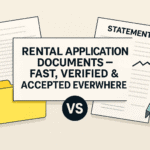
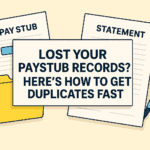
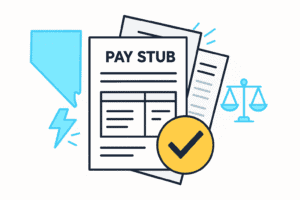
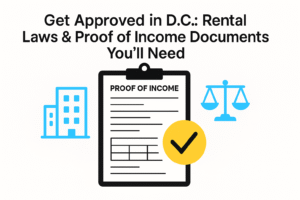
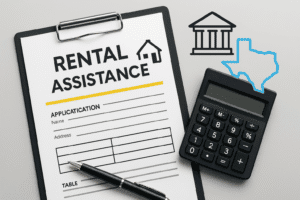
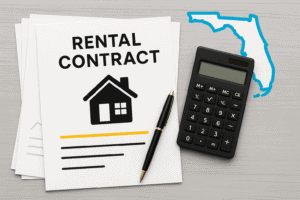

Add comment